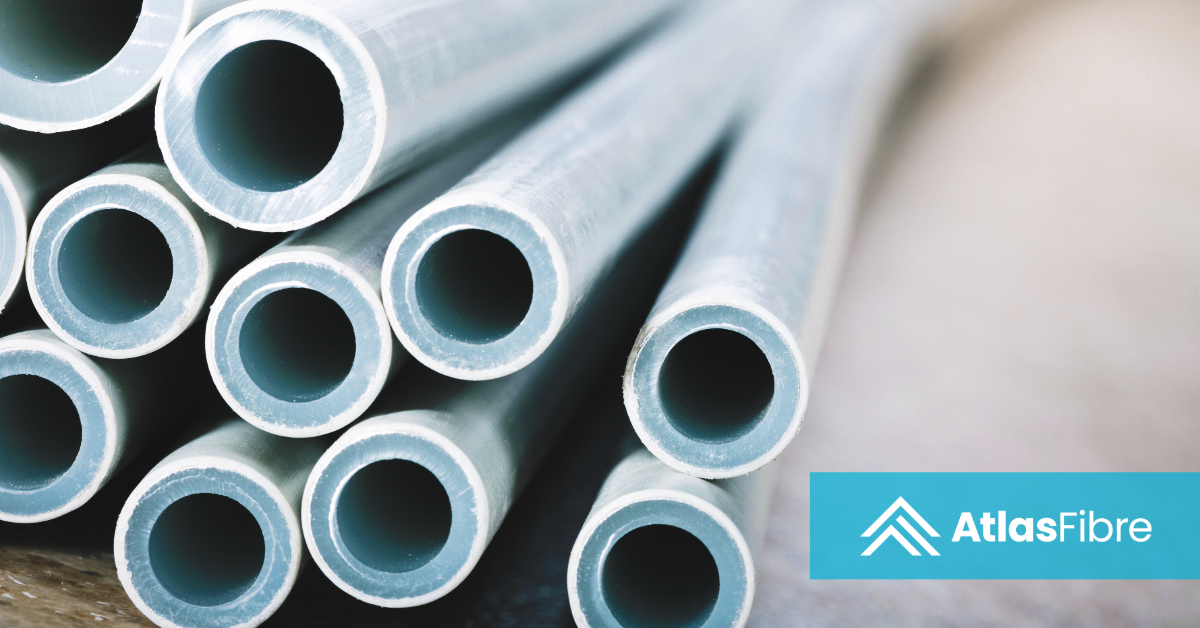
Discover Why G10 and FR4 Tubes are the True Unsung Heroes of Modern Engineering
If you’ve ever flipped a light switch, boarded a plane, or even driven an electric car, chances are you’ve benefited from FR4 or G10 composite tubes without even knowing it. These composite cylinders don’t look like much at first glance – just tough, smooth tubes made from layers of fiberglass cloth and resin. But behind the scenes, they’re quietly holding our modern world together, keeping circuits insulated, structures light yet strong, and dangerous sparks at bay.
So what makes these materials so important, and where exactly are they hiding in everyday life? Let’s take a closer look.
FR4: The Firefighter in the Room
Think of FR4 as the firefighter of the composite world. It’s flame-resistant, tough as nails, and built to perform when the heat is on — literally. That’s why you’ll find FR4 tubes packed inside switchgear and control panels, standing guard as arc barriers to stop electrical surges from turning into full-blown disasters. They’re in transformers, relays, and circuit breakers too, quietly preventing short circuits and keeping power flowing safely.
But FR4’s story doesn’t end with electrical panels. It’s also a star player in the renewable energy and EV industries. Inside electric vehicle battery packs, FR4 tubes separate high-voltage bus bars, providing critical insulation in a space where a single failure could mean catastrophic results. Solar inverters and wind turbine control boxes rely on FR4 for the same reason — it keeps the energy flowing without becoming a fire hazard.
And in aerospace? FR4 is strapped into aircraft junction boxes as an arc-resistant liner. It’s in defense electronics where a single misfire isn’t an option. On naval vessels, FR4 tubes guard breaker panels from both moisture and fire, ensuring that when sailors flip a switch, the lights stay on.
G10: The Strong, Silent Type
If FR4 is the firefighter, G10 is the Navy SEAL — rugged, reliable, and ready for the harshest environments. While it doesn’t boast FR4’s flame-retardant rating, it makes up for it with raw mechanical strength and resistance to chemical abuse.
G10 tubes are everywhere vibration, corrosion, or sheer brute force would shred lesser materials. In aerospace, they form the backbone of missile casings and UAV frames, where shaving off a few pounds without sacrificing strength can mean the difference between mission success and failure. Radar and antenna supports also lean heavily on G10, which manages to stay sturdy while resisting interference and environmental wear.
Down at sea level, G10 is a favorite for shipbuilders. Saltwater laughs at steel, but it gets nowhere with G10. Masts, antennas, and structural supports made from G10 shrug off the corrosive effects of the ocean, staying strong long after metal alternatives would have been reduced to rust.
Even in the automotive world, G10 proves its worth. Inside EV battery packs, it provides reinforcement that’s strong yet lightweight, helping engineers squeeze more range out of every charge. In heavy industry, G10 tubes serve as bearings and bushings in chemical plants where solvents and corrosive substances would eat through metals like candy.
The Decision Point: FR4 or G10?
So which one should you use? The answer depends on what you’re up against. If fire safety and UL compliance are top priorities — say, in EV batteries, control panels, or aerospace electronics — FR4 is your go-to. But if you’re designing for raw mechanical toughness or a chemically hostile environment, G10 is usually the smarter bet.
The truth is, both are easy to machine, built to last, and proven in some of the toughest environments on Earth. Choosing between them isn’t about which one is “better” — it’s about matching the right tool to the job.
Why It Matters
FR4 and G10 composite tubes don’t often get the spotlight. They’re not flashy, and you’ll never see them advertised on a billboard. But make no mistake: they’re the quiet enablers of progress. They’re keeping submarines powered, drones aloft, EV batteries safe, and chemical plants running smoothly.
Next time you flip a switch, look at a radar dome, or watch a wind turbine spin, remember that inside, hidden from view, there’s a good chance FR4 or G10 tubes are doing their job — silently, reliably, and without fanfare.
